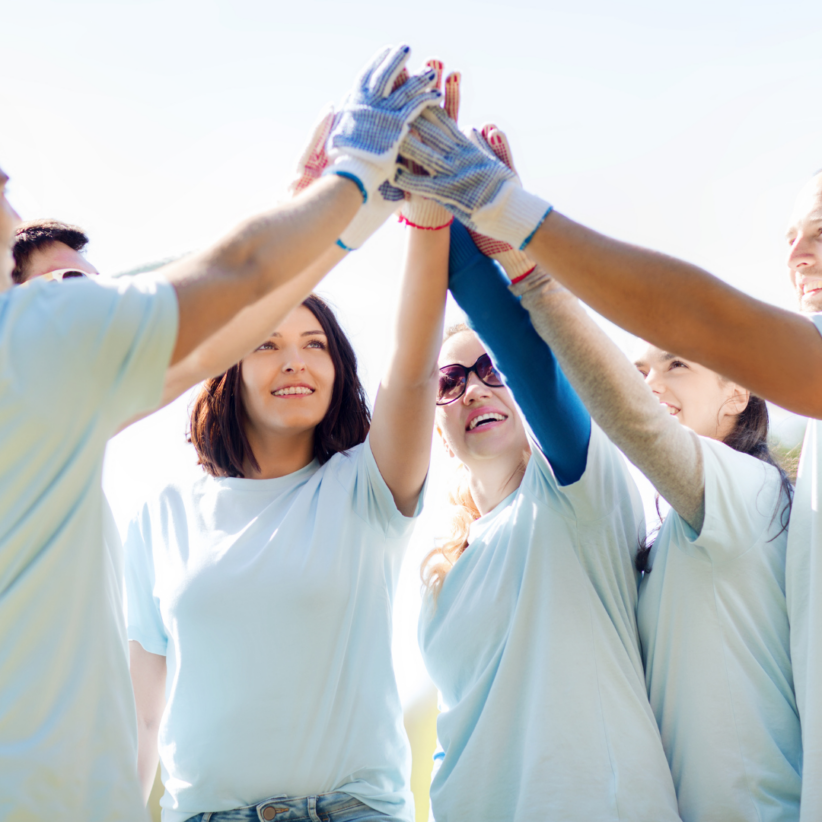Colorful leaves falling from the trees means only one thing to die-hard skiers and snowboarders: the snow season isn’t far behind. Many people don’t realize this but training early is imperative for a healthy, injury-free ski season, even for young kids. However, it is particularly important to keep the strength training fun and to vary the exercises to include biking, swimming and other conditioning. Training early is key to a fun, healthy and injury-free ski season.
The fact is, skiing and snowboarding are well known for being a high-risk injury sport. According to the U.S. Consumer Product Safety Commission, more than 114,000 skiing-related injuries were treated nationwide in 2014, along with another 79,000 injuries involved with snowboarding.
Several key muscle groups are used most in skiing and snowboarding. These include: the quadriceps, which hold you in ski position and protect the knees; hamstrings and glutes, which stabilize the body in a flexed skiing position; inner and outer thighs, which help you steer and hold skis parallel; calves, which help you stay upright; abs and back, which hold your core in position; and arms, which stabilize shoulders and push ski poles.
Far too many muscle groups are integral to skiing to just hop on a ski trail without a thought to pre-conditioning. Skiing and snowboarding are high-intensity sports requiring at least some preparation to perform effectively and safely.
Common Ski and Snowboarding Injuries
What are the most prevalent injuries related to skiing and snowboarding? It’s a wide range and includes:
•Knee ligament injuries: All those twists and turns on the slopes can be hard on the knees, particularly the ACL (anterior cruciate ligament) and MCL (medial collateral ligament).
•Shoulder injuries: Because skiers often break their fall by extending their arms, shoulder injuries such as sprains and dislocations can occur.
•Fractures: Hard falls or colliding with another person or object may lead to fractures of the wrists, arms or legs.
•Snowboarder’s ankle: A high-energy ankle fracture, this condition triggers high, constant ankle pain.
•Skier’s thumb: This condition occurs in skiers who fall on an outstretched hand while grasping a ski pole. The pole grabs into the snow and jams into the inside of the thumb, causing the thumb to overextend.
•Head or spine injuries: These can be particularly serious, as concussions and other head trauma can occur from falls or collisions, as can vertebral fractures in the spine. Fortunately, head and spinal injuries from skiing or snowboarding are rare compared to other injuries, but they can be far more devastating and safety is paramount.
Conditioning Measures
Target both the overall body and important muscles groups involved in skiing and snowboarding. Young kids ages 7 to 13 should not be weightlifting more than once a week to avoid any injury to their growth plates. If they are working out in a gym setting, it is advisable to seek help from a professional to adjust the machines for them or to ensure proper technique with free weights. With that I recommend the following pre-season ski and snowboarding conditioning for young kids. Note that these exercises should always be performed at 30 degrees, never a deep squat or lunge.
•Overall fitness tactics: Cardio is important in mountain sports, so swimming, running, or bike riding regularly contributes to improve cardiovascular fitness.
•Squats: 3 sets of 12 to 15 reps per workout
•Lunges: 3 sets of 12 to 15 reps per workout
•Kettle bell Sumo squats: 4 sets of 10 to 16 reps per workout.
•Box jumps: 3 sets of 12 to 15 reps per workout, with the box slightly taller than the top of your kneecaps. Jump up using both feet and land softly on two feet. Another option is to step up onto the box and carefully step down. Be cautious with this drill to avoid meniscal injuries.
Check out https://youtu.be/wPiWdIpwnFM for instruction about using exercises with bands that can be helpful for ski and snowboarding conditioning.
Other key injury prevention strategies include using the appropriate equipment which fits you correctly – including items such as helmets and wrist guards – and choosing ski runs fitting to your abilities. Additionally, I always suggest taking ski or snowboarding lessons if you’re a beginner or an advanced skier or snowboarder, because these lessons offer tips on how to fall correctly and safely, reducing injury risks and improving your skills. Experienced skiers and snowboarders can also benefit from lessons.
Kevin D. Plancher, M.D, M.P.H., is a board-certified orthopaedic surgeon and the founder of Plancher Orthopaedics & Sports Medicine.
Plancher Orthopaedics & Sports Medicine is a comprehensive orthopaedic and sports medicine practice with offices in New York City and Greenwich, CT. planc







